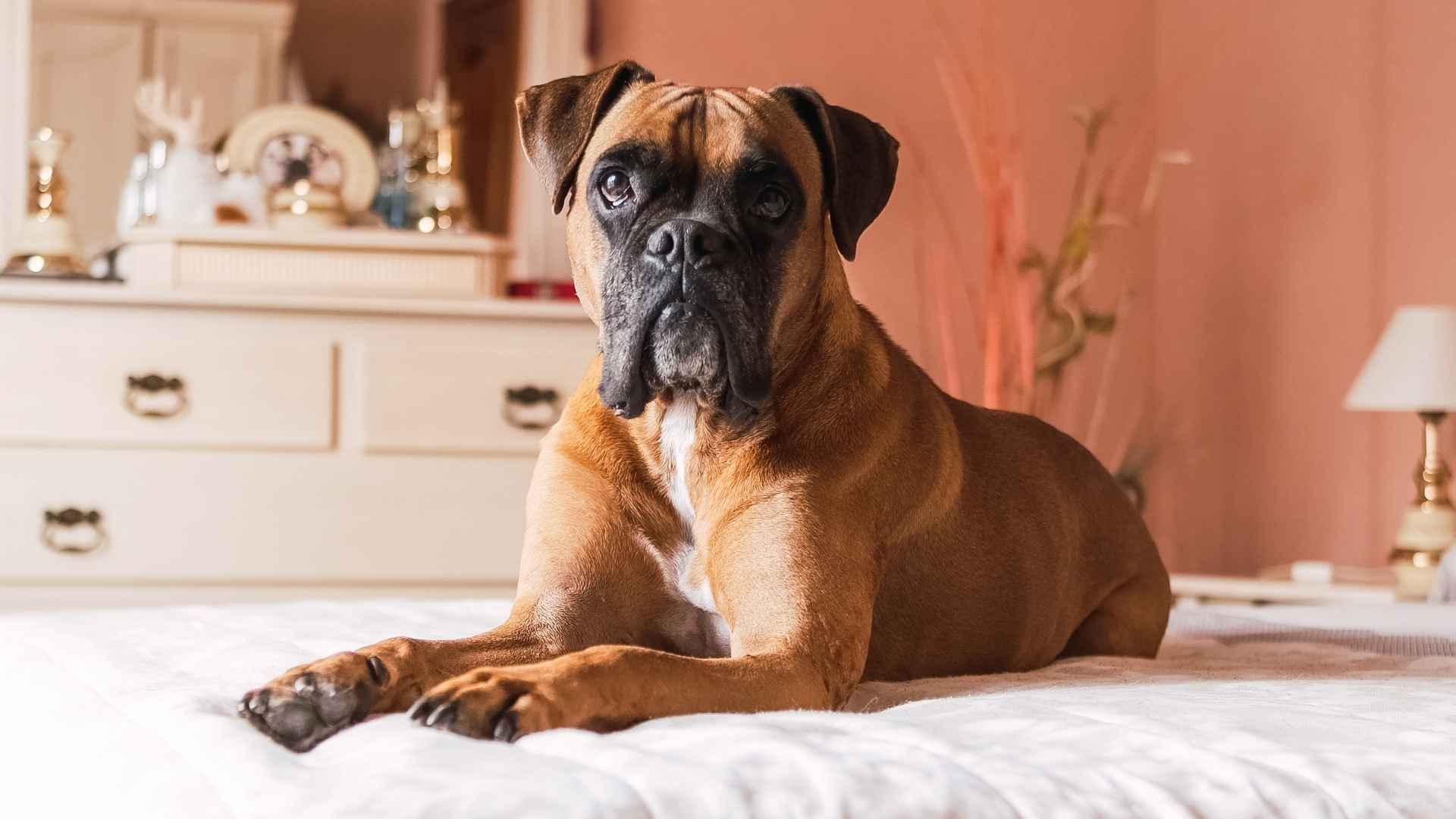Ever been slimed mid-snuggle? You’re not alone. Drool happens—especially when floppy cheeks and big hearts collide.
But not every dog leaves puddles in their wake. Some strike a perfectly average balance between affectionate kisses and full-blown saliva storms.
Still, even moderate droolers can turn a couch into a slip zone without a little routine care. The trick? Smart grooming and a drool-friendly diet that doesn’t compromise tail wags.
From grooming wipes to crunchy treats that double as dental helpers, it’s easier than you think to tame the dribble. And guess what? You don’t have to bathe your dog daily to keep the shine and the slime in check.
So, stick around if you’re tired of mystery wet spots on your pants. We’re diving tongue-first into tips, tools, and tasty fixes to keep your pup polished and your floors puddle-free.
9 Average Drooling Dog Breeds
1. Boxer
Playful, energetic, and boxy in the best way—Boxers are the goofy gym bros of the canine world. Originally bred in Germany as working dogs, they’ve since charmed families as lovable protectors. While not the worst dog for drool, they’re firmly in the average zone—think more slobber after sprints than during snuggles.
Boxers have short, tight coats that make grooming a breeze. A quick brush every week keeps them shiny and helps clean drool from their jowls before it hits your hardwood floors.
Training a Boxer? Be ready to match their energy. They thrive on positive reinforcement and a good laugh—they’re natural clowns with muscles.
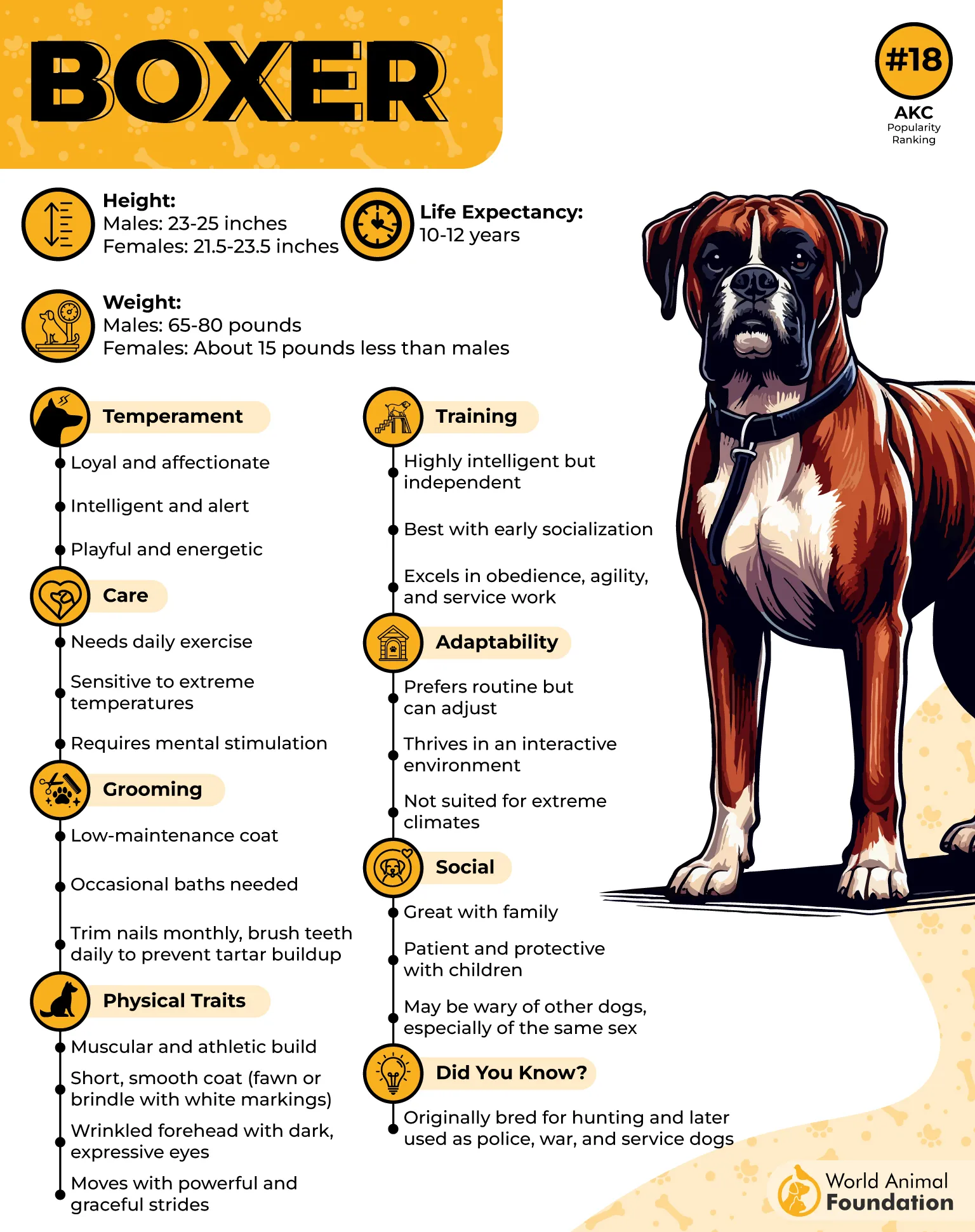
When it comes to food, Boxers benefit from a diet rich in lean protein and joint-supporting nutrients. Opt for drool-friendly crunch over sloppy snacks to avoid the splash zone.
They do need daily workouts. Think fetch, not fluff—this isn’t your average-haired dog that lounges all day.
Surprise trivia: Boxers do use their front paws like boxers in a ring. It’s real, and it’s hilarious.
Just watch out after a drink—this dog produces impressive arcs of water. Clean drool, anyone?
2. Basset Hound
Built low to the ground but high in scent skills, the Basset Hound is a scent-driven superstar. Originally part of the hound breed group, this breed’s roots trace back to French hunting packs—slow, steady, and never in a rush (except for snacks).
Those long, floppy ears? Adorable. But they double as drool collectors. Basset Hounds are one of the classic drooling breeds, thanks to their loose lips and low-slung jowls.
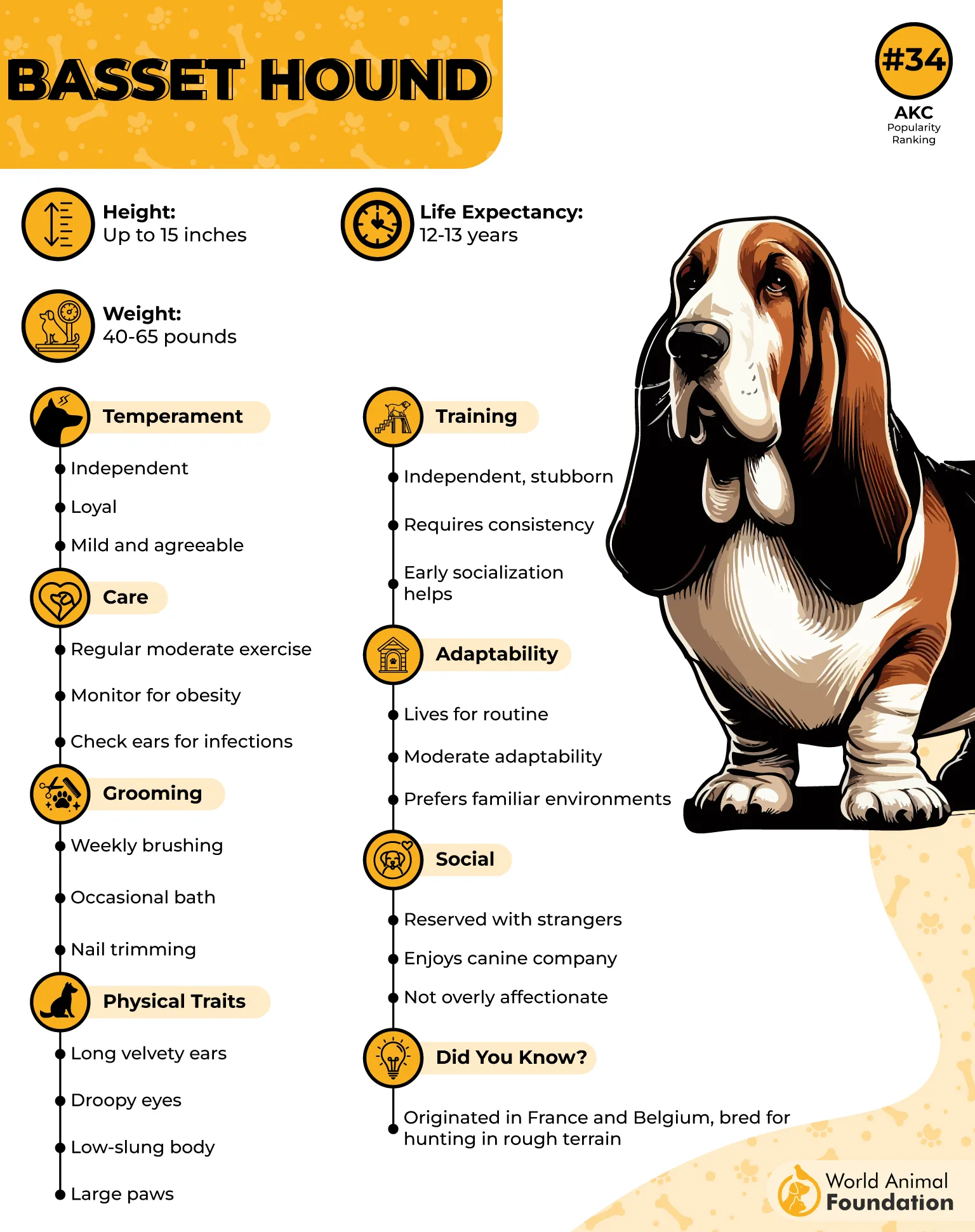
Coat care is simple—short, dense, and weather-resistant. Weekly brushing and regular ear cleanings (yes, really) keep the funk and froth at bay.
AKC adds that they are known for their sweet temperaments; these affectionate dogs make mellow companions. Just don’t expect them to win obedience trophies—stubbornness is part of the charm.
A diet rich in fiber and lean proteins helps avoid excess weight, a must for protecting their long backs and short legs. Some foods can trigger more slobber, so go easy on overly rich treats.
Mental games like scent trails or puzzle feeders are golden. This breed needs a job—or at least a sniff.
Fun fact: Their sense of smell ranks just behind the Bloodhound’s. If a Basset’s nose is twitching, you’re not hiding snacks well enough.
3. Bernese Mountain Dog
A true gentle giant, the Bernese Mountain Dog was bred in the Swiss Alps to haul carts and herd cattle. Their calm demeanor and majestic fluff make them one of the best family dog breeds out there.
Despite their large size, they fall into the average dog category when it comes to slobber. Sure, they drool after water breaks or big yawns, but they’re not in the excessive drooler league.
Grooming a Bernese? Get ready for some brushing marathons. This fluffy breed has a thick double coat that sheds seasonally and can trap drool if left unkempt.
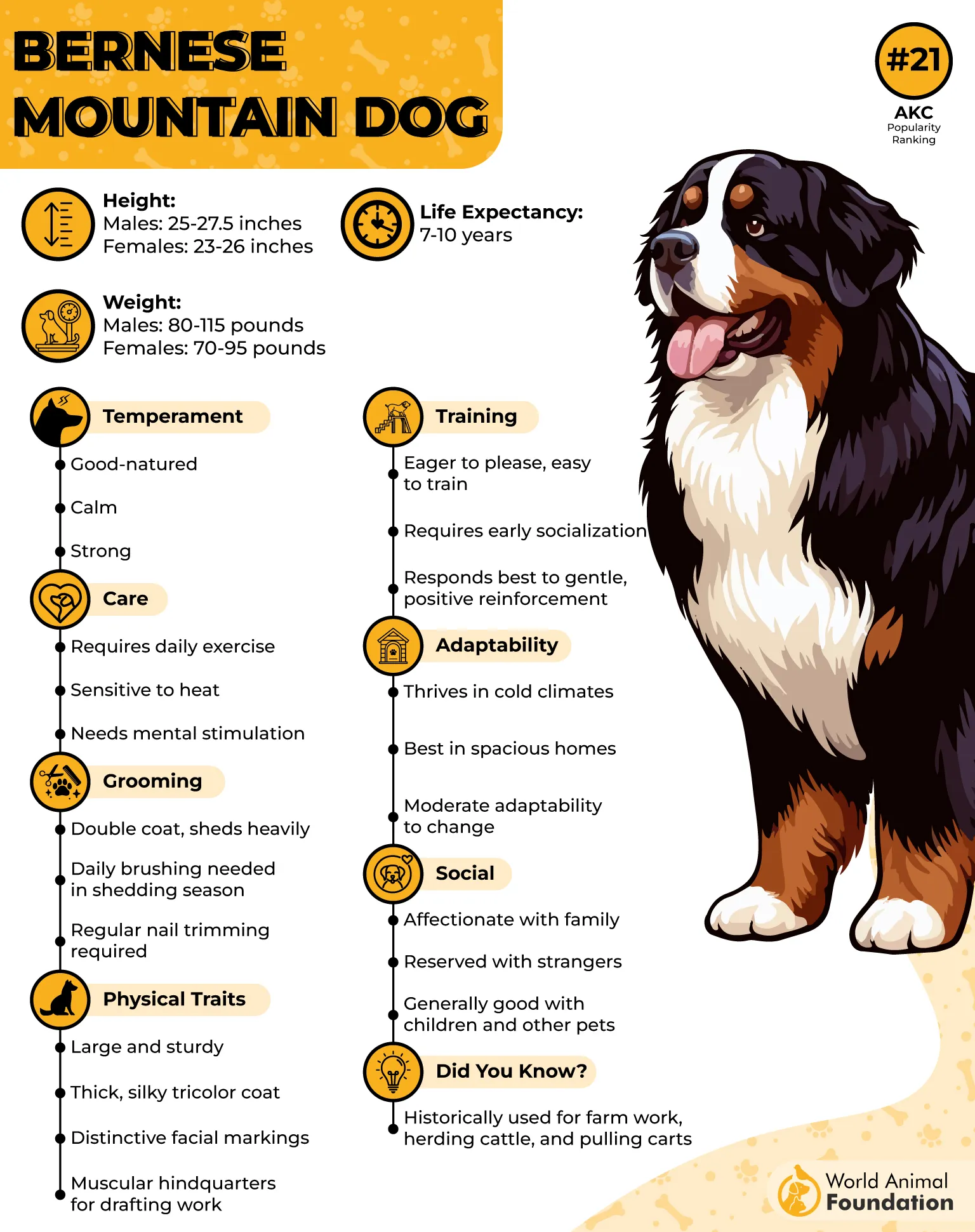
They’re intelligent and eager to please, making training smooth—just keep it varied and rewarding. This particular breed bonds closely with its people and hates being left out.
Diet-wise, these dogs thrive on high-protein food with joint supplements for their big frame. Some owners swear by adding crunchy veggies for cleaner mouths and less slime.
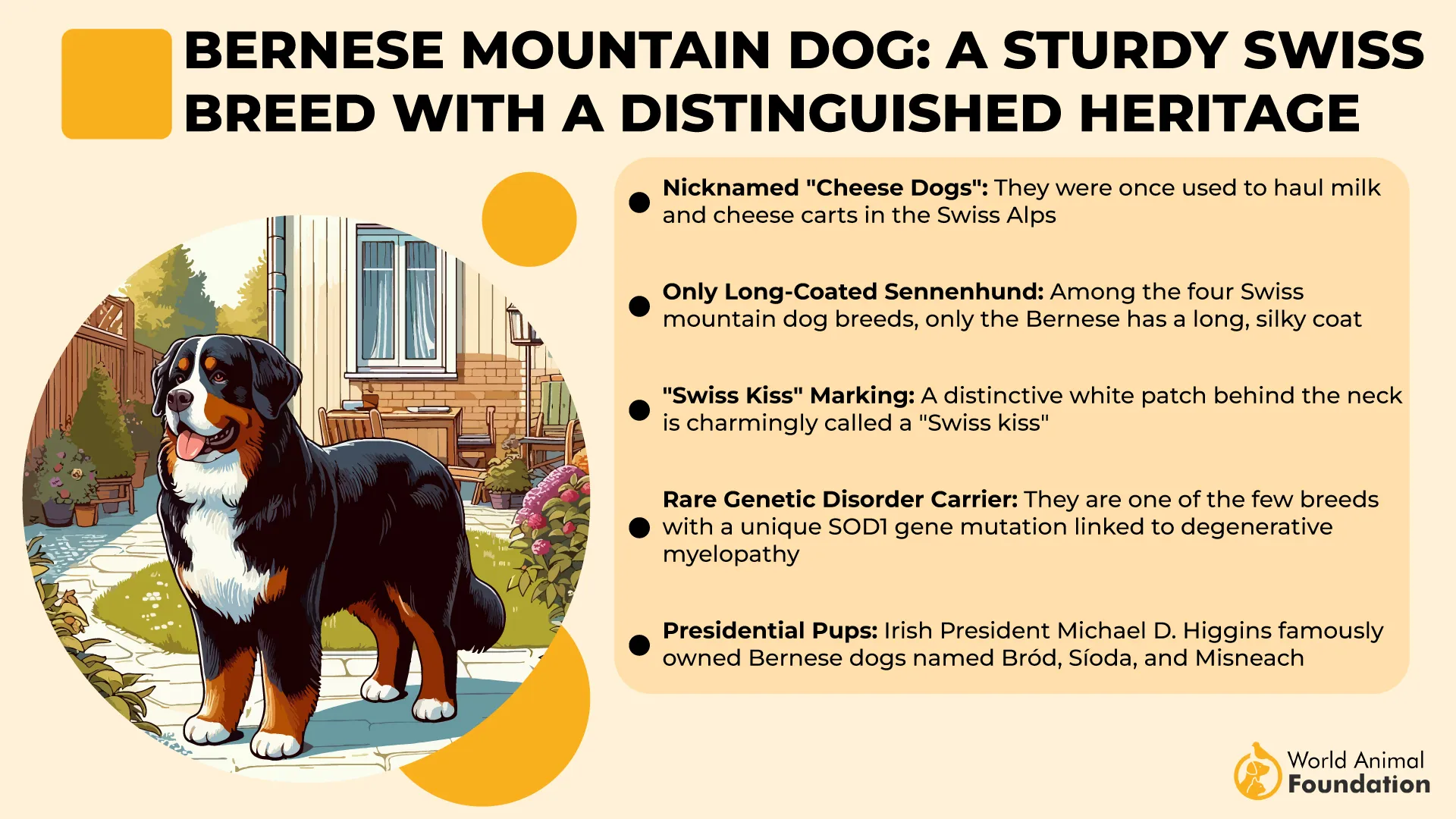
They need moderate but consistent activity. Think mountain strolls or long backyard wanders—not marathon runs.
Bonus trivia: Berners blush! The reddish-brown “cheeks” on their face darken with excitement. Combine that with a splash of drool, and you’ve got a charming mess.
4. Great Dane
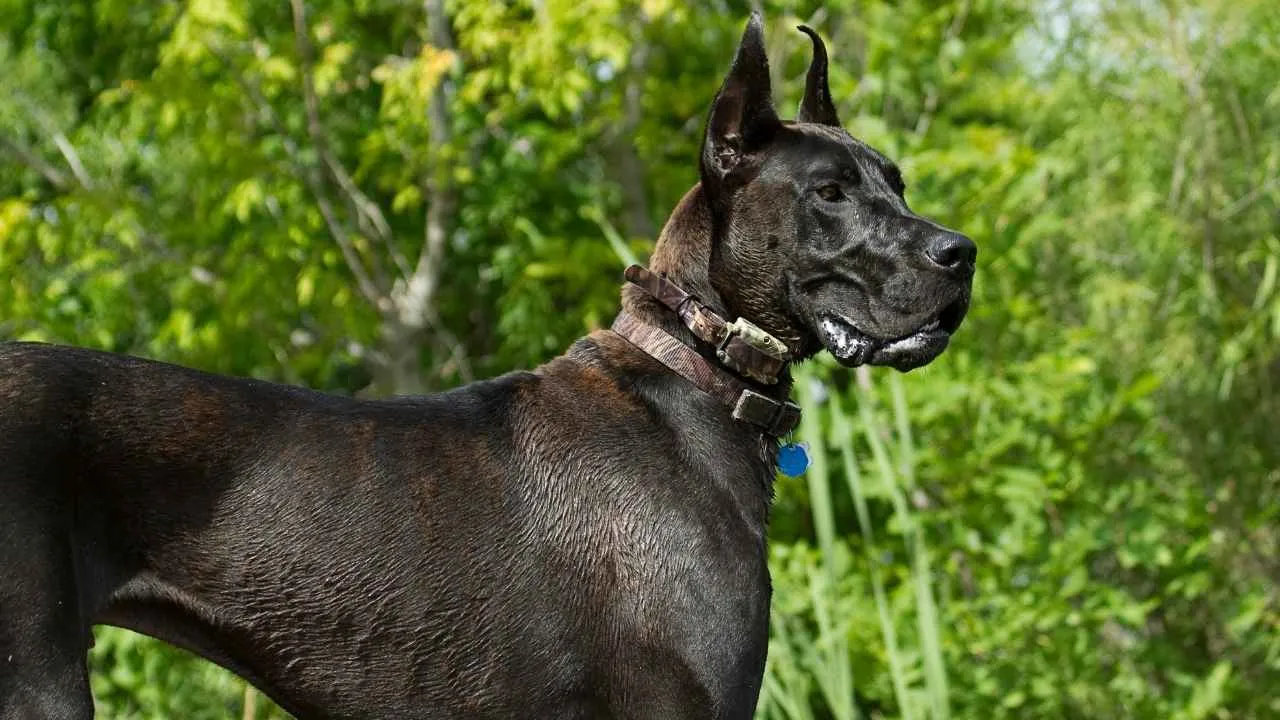
Yes, Great Danes drool—but not as much as their jowls suggest. These skyscraper-sized sweethearts may tower over your furniture, but their drooling level stays in the occasionally messy but lovable lane.
Britannica claims that they’re known as the “Apollo of dogs” for a reason. Tall, elegant, and surprisingly gentle, they make fantastic family dogs… if you’ve got the floor space.
Grooming is blissfully simple—short coat, minimal shedding. A damp cloth after meals goes a long way in maintaining that clean drool energy.
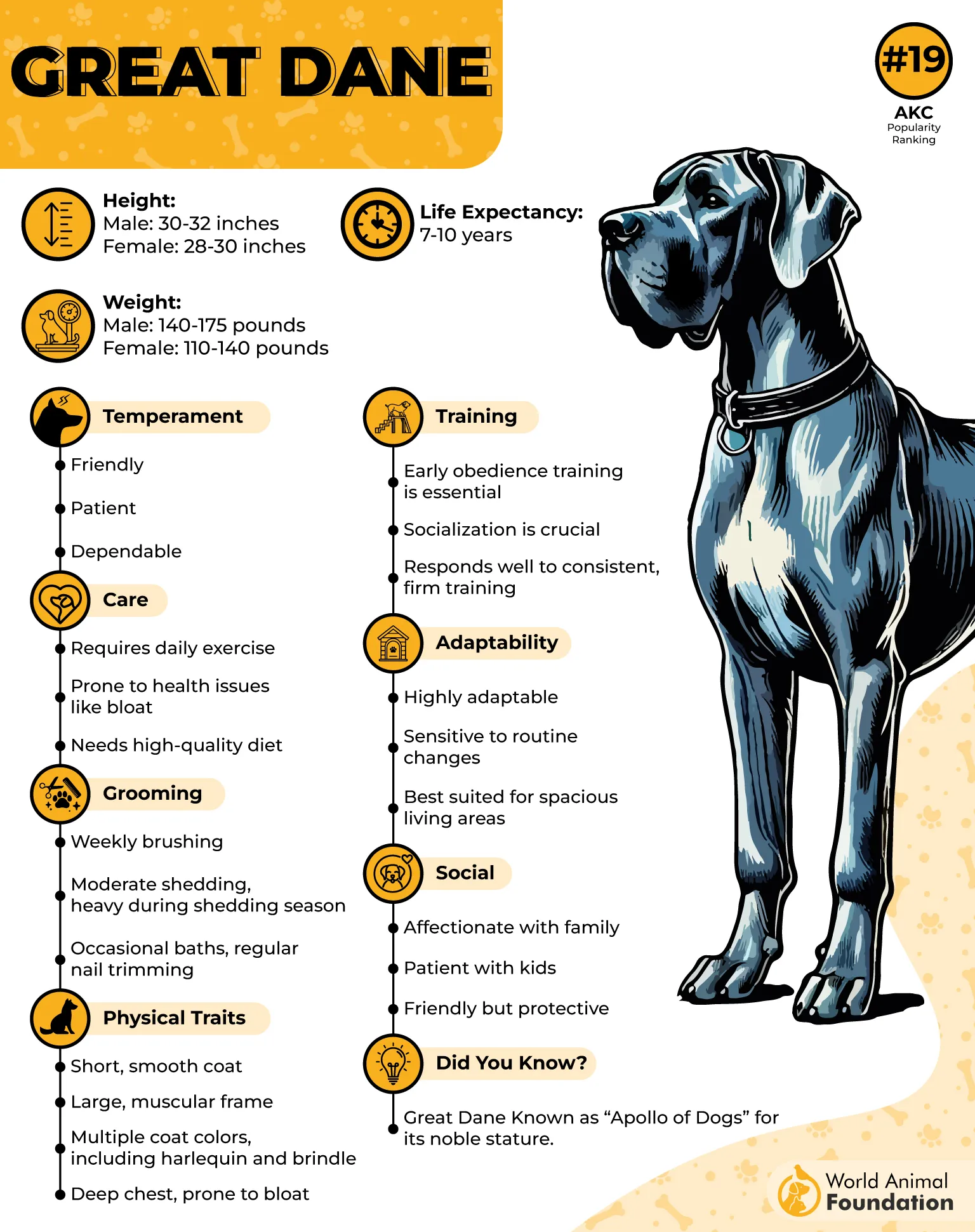
This breed’s calm and patient demeanor makes training a breeze. Just start young—an untrained Great Dane is a 150-pound toddler with zoomies.
Diet is key. Opt for large-breed formulas with joint support, and avoid overfeeding, which can trigger bloating and more dog drooling during digestion.
Exercise needs? Low to moderate. A couple of calm walks and they’re content flopping onto the couch—drool string and all.
Weird fact: They were once used to hunt wild boar. Now? They hunt belly rubs and soft pillows.
5. Dogue de Bordeaux
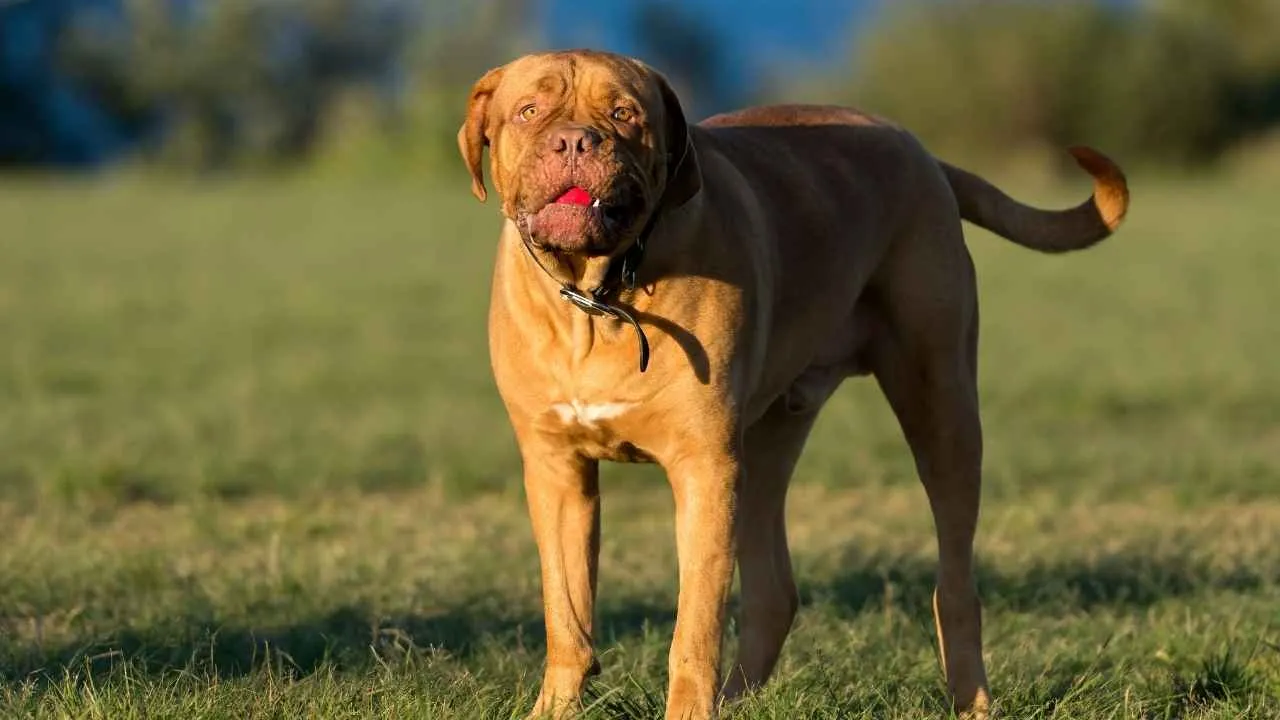
One look at those folds and you already know—this breed naturally drools. The Dogue de Bordeaux is French, fabulously wrinkled, and proud of it.
Bred as a guardian and working dog, this breed has power, loyalty, and slobber in abundance. While not the worst offender, it’s definitely in the drooling breeds club.
The short coat needs regular brushing to control shedding. But it’s the face folds that demand TLC—clean them often to avoid bacteria build-up from constant dog slobber.
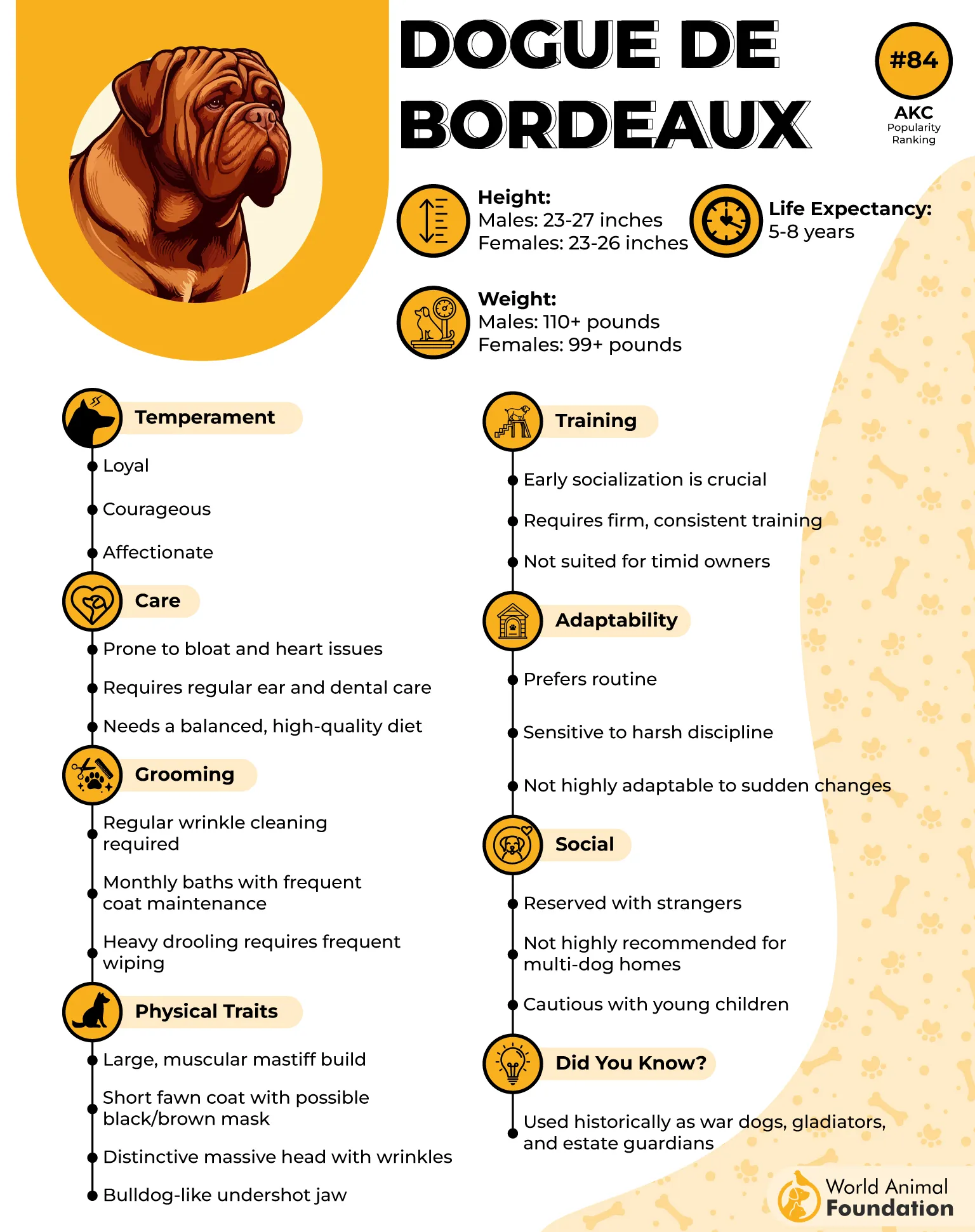
They’re affectionate and surprisingly sensitive. Training should be firm but loving—this breed doesn’t respond well to harshness.
Keep diets lean and balanced to manage weight and reduce the mess. Soft food tends to increase drooling, so crunchy kibble helps tone things down.
Daily walks are a must, but they’re not marathoners. Think short, steady strolls with frequent nap breaks.
Bonus bite: They starred in Turner & Hooch, setting the gold standard for cinematic slobber.
6. Bullmastiff
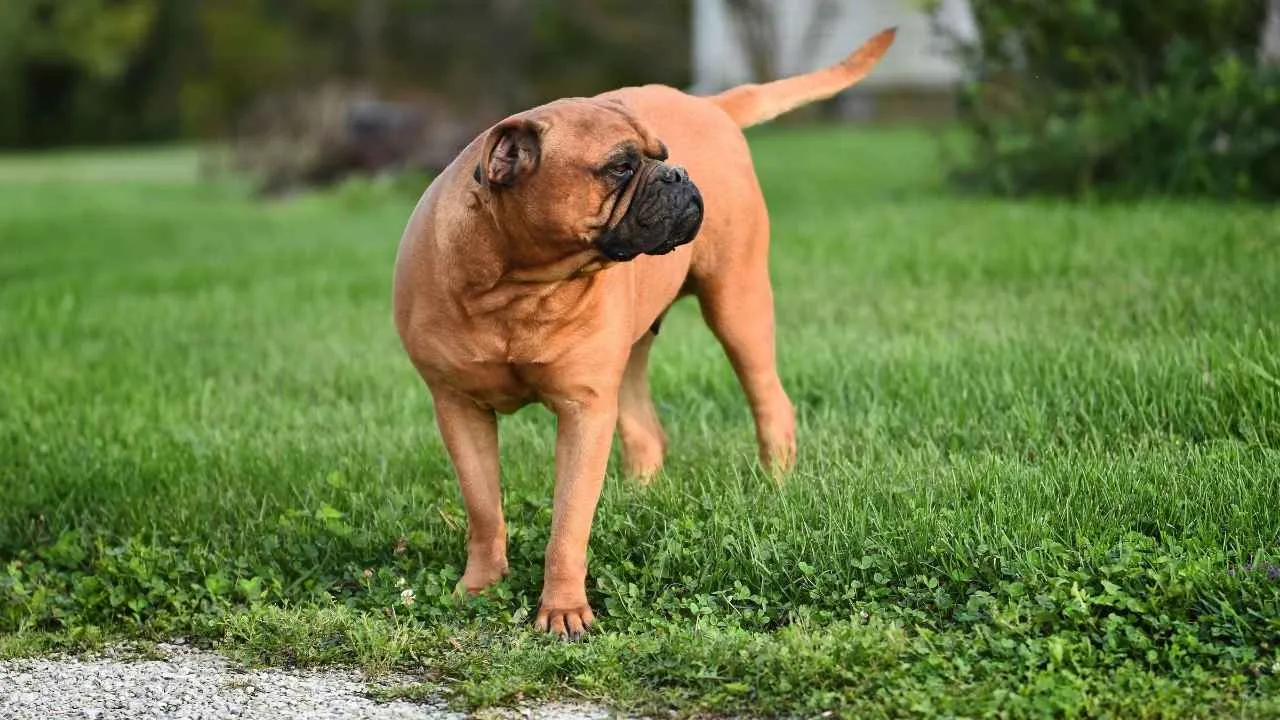
Meet the silent guardian of drool. The Bullmastiff doesn’t bark much, but it does drop the occasional puddle. A dog breed that drools, but in a more composed, gentlemanly fashion.
Developed in 19th-century England to stop poachers, this breed was built for stealth and strength. Now? They’re couch sentries who patrol the perimeter… of snack drawers.
Short coat, low maintenance. Just wipe the jowls post-meal, and you’re good. No spa days needed.

Temperament-wise, they’re confident, calm, and courageous—perfect for homes that value peace and protective cuddles.
Nutrition tip: A diet high in protein and rich in omega fatty acids supports skin health and helps reduce inflammation-related drooling.
WebMD suggests that they need daily exercise, but don’t overdo it—large breeds like Bullmastiffs are prone to joint stress. Gentle strolls over fetch any day.
Fun fact: They’re known as the “Gamekeeper’s Night Dog.” If that doesn’t sound like a superhero, we don’t know what does.
7. English Bulldog
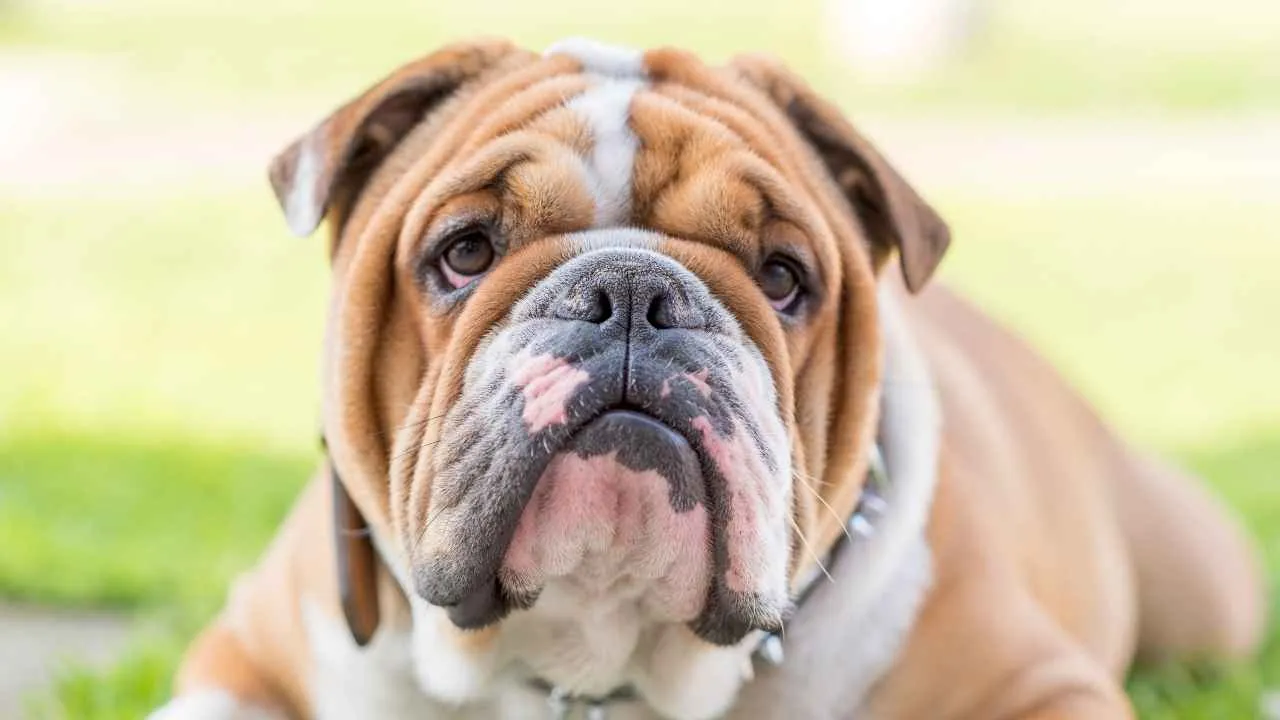
Bulldogs drool—and the English Bulldog wears that badge proudly. With their signature smooshy face and stocky strut, these charmers are all about slow waddles and snort-filled naps.
Originally bred for bull-baiting (yes, really), they’ve since retired into professional couch potato life. But their drooling capabilities remain active, especially after meals or naps.
Their short, wrinkled coat is easy to maintain, but those facial folds? They’re a cleaning commitment. Trapped slobber and food bits are part of the bulldog starter pack.
Gentle and goofy, they’re surprisingly sensitive. Training works best with praise, treats, and patience. Just don’t expect them to sprint through obedience trials.
Diet matters here—low-fat, nutrient-rich meals help reduce excessive drooling and keep them trim. Avoid overly soft foods that turn their mouths into slip ‘n slides.
Activity needs are minimal. A few short walks, and they’re happy to snooze away, drool string in tow.
Fun trivia: They can’t swim well. That chunky frame? Built for land, not lakes.
8. Neapolitan Mastiff
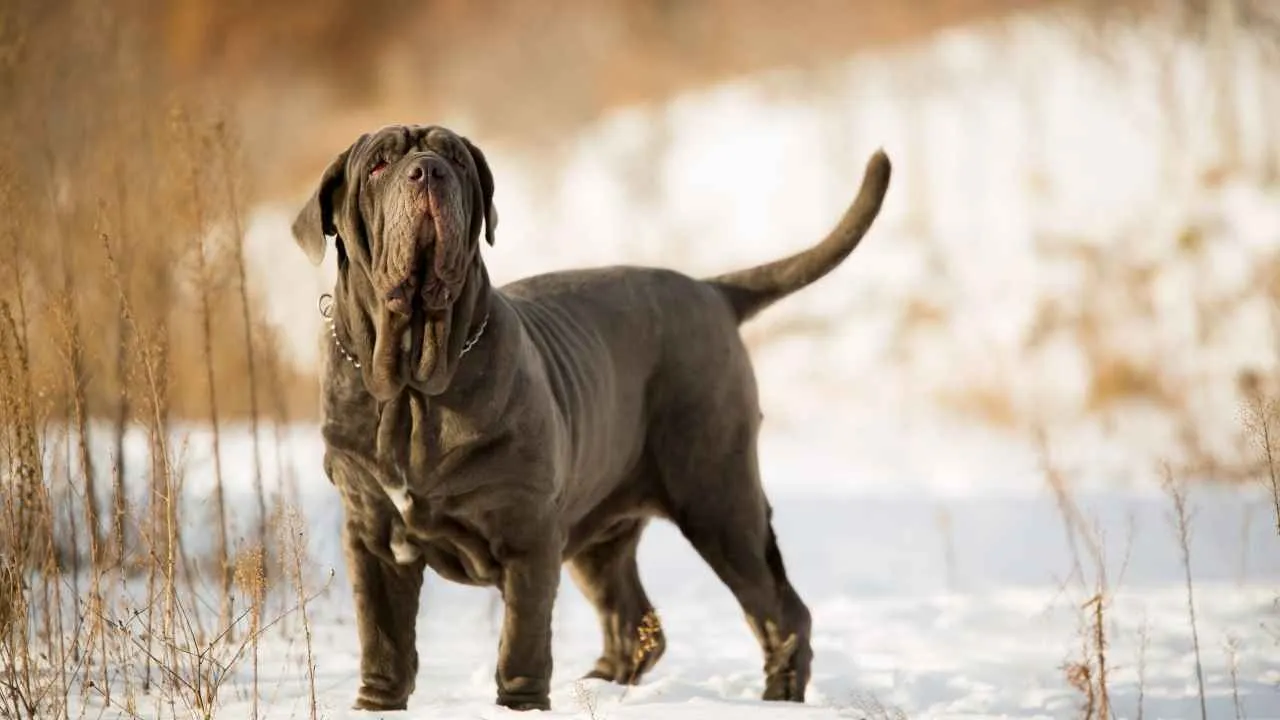
The Neapolitan Mastiff may be one of the most intimidating breeds, known for drooling and guarding your heart. Massive, wrinkled, and ancient-Roman in vibe, this dog is a whole mood.
Used for guarding estates in Italy, they were bred to look imposing, and they do. Those enormous dewlaps and jowls aren’t just for show—they collect saliva like pros.
This breed’s short coat needs minimal brushing, but daily face wipes? Non-negotiable. Their dog drools excessively and often dramatically.
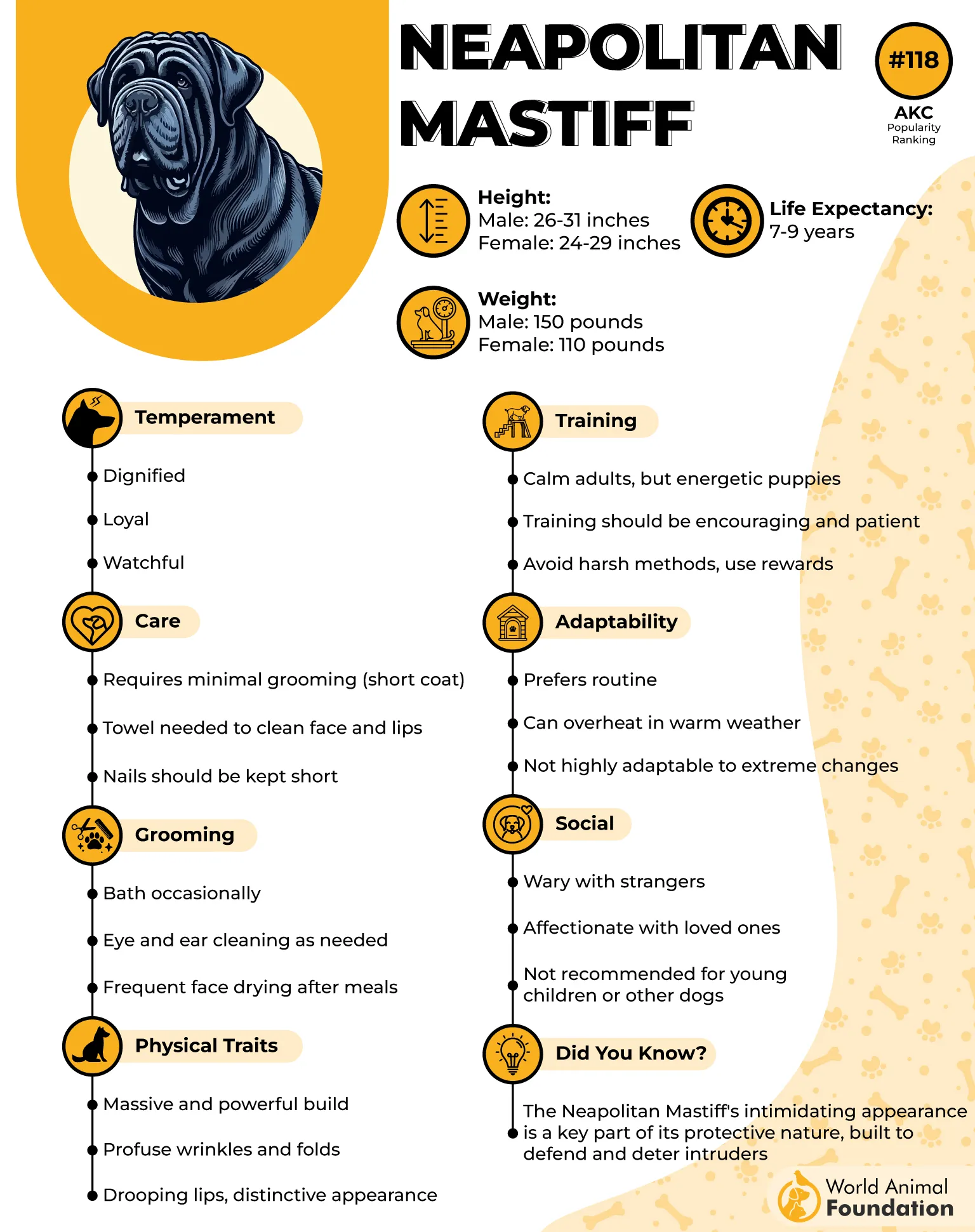
They’re incredibly loyal but need strong, experienced owners. Early socialization and consistent training are crucial—think “gentle giant with boundaries.”
Purina notices that a high-protein diet with joint support is essential. Large portions of soft food? A recipe for extra goop.
They enjoy calm strolls and time with their humans more than intense exercise. Think slow and steady, not agility courses.
Fun fact: Julius Caesar probably didn’t own one, but this dog definitely looks like it belongs in a gladiator arena.
9. Saint Bernard
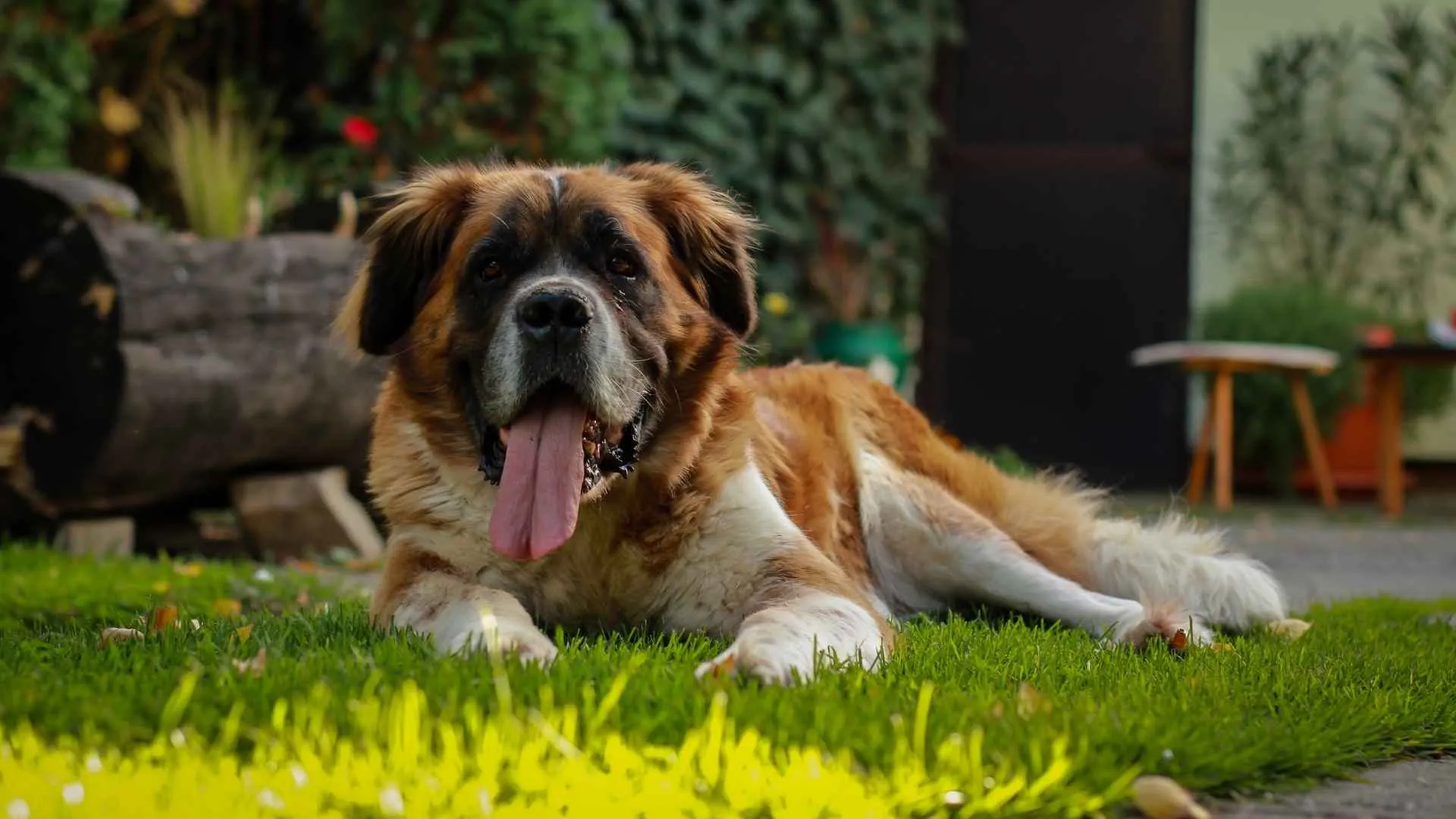
If you’ve ever Googled “dog drools excessively,” chances are a Saint Bernard was staring back at you. This alpine legend is part rescue dog, part lovable slobber fountain.
Originally bred to rescue lost travelers in the Swiss Alps, they’ve got hearts (and heads) as big as their paws. And while they’re heavy droolers, their sweetness more than makes up for it.
That lush, thick coat? Gorgeous—but grooming is a full-time hobby. Weekly brushing and regular mouth clean-ups are the norm, especially during warmer months.

Saints are famously gentle and great with kids. Training is fairly easy—they’re eager to please but slow-maturing, so consistency helps.
Their diet should support their massive frame and help manage normal drooling. Cold water? Cue the waterfall.
They need moderate exercise. No marathons, but regular walks and chill playtime are a must to avoid stiffness and boredom.
Trivia: Some Saints have rescued over 40 people. All while leaving a trail of love… and drool.
Final Thought
Not all dogs known for drooling leave trails of slime like a cartoon character, but some do come close. Luckily, with the right grooming tricks and drool-smart diets, even the messiest legged canines can clean up nicely.
We’ve tackled the top midsize champs who ride the line between lovable and a little leaky. From Boxers to Saint Bernards, each particular breed brings its brand of charm (and drool).
Remember, large breeds and breeds having loose jowls aren’t doomed to slime forever. Just arm yourself with grooming wipes, a good brush, and a crunchy-kibble plan.
Still slobber-curious? Honorable mentions go to the American Bulldog, Tibetan Mastiff, and even the British Bulldog—all of whom naturally drool like pros. Meanwhile, fluff-lovers should know even a fluffy breed like a Yorkie isn’t totally exempt from the occasional slob.
Love learning about dog behavior, care tips, and quirky breed info? Stick around—we’re just getting started.
Now go hug your affectionate dogs. And maybe… a towel too.


